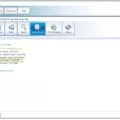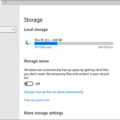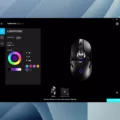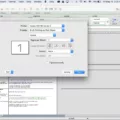The “File Cannot Be Found” error is a frustrating issue that many computer users encounter. This error message is displayed when a requested file cannot be retrieved by the system. It can be caused by various reasons, such as file renaming, moving to another location, or deletion. In this article, we will explore different solutions to fix this error and get your files back.
One of the first steps you can take to troubleshoot this error is to check the system log files. These log files contain valuable information about any errors or issues that have occurred on your computer. By examining these logs, you may be able to identify the specific cause of the file not found error.
If checking the system log files doesn’t provide any insights, you can try changing the registry key associated with the file. The Windows registry is a database that stores important configuration settings for your operating system and installed applications. By modifying the registry key related to the file, you may be able to resolve the issue. However, be cautious when making changes to the registry, as incorrect modifications can cause further problems.
Another possible solution is to update or reinstall the driver associated with the file. Drivers are software components that allow your computer’s hardware to communicate with the operating system. If a driver is outdated or corrupted, it can result in file not found errors. Updating the driver to the latest version or reinstalling it can often resolve this issue.
To update a driver, you can visit the manufacturer’s website and download the latest version of the driver for your specific hardware. Once downloaded, follow the installation instructions provided by the manufacturer.
If updating the driver doesn’t solve the problem, you can try reinstalling it. To do this, open the Device Manager, locate the device associated with the file, right-click on it, and select “Uninstall”. After the driver is uninstalled, restart your computer and Windows will automatically reinstall the driver.
In some cases, the error may be caused by a corrupted user profile. Deleting the ProfileImagePath key associated with the user profile can help resolve this issue. To do this, open the Registry Editor, navigate to the following key: HKEY_LOCAL_MACHINE\SOFTWARE\Microsoft\Windows NT\CurrentVersion\ProfileList. Look for the ProfileImagePath key corresponding to the affected user profile, right-click on it, and select “Delete”. Restart your computer and check if the file not found error is resolved.
If none of the above solutions work, you can try using the System File Checker (SFC) and Deployment Image Servicing and Management (DISM) tools. These built-in Windows utilities can scan and repair corrupted system files, which may be causing the file not found error. Open the Command Prompt as an administrator and run the following commands: “sfc /scannow” and “DISM /Online /Cleanup-Image /RestoreHealth”. Wait for the process to complete and then restart your computer.
The file cannot be found error can be frustrating, but there are several solutions you can try to resolve it. From checking system log files to updating drivers and using system repair tools, there are various approaches you can take to fix this issue. Remember to always be cautious when making changes to your system and back up your important files before attempting any troubleshooting steps.
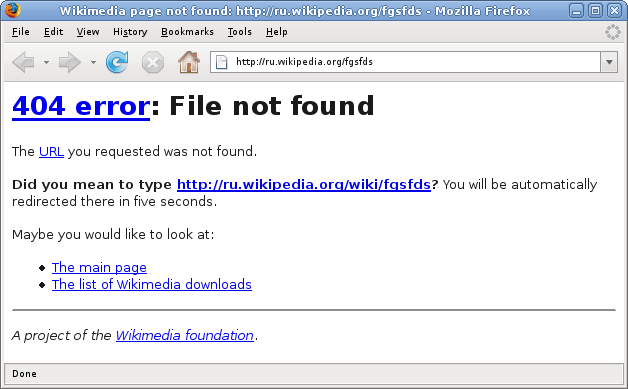
What is The Error For File Not Found?
The error message “HTTP 404 – File not found” is displayed by the Web server when it is unable to locate the requested page. There are several common reasons for this error to occur:
1. Renamed file: The requested file may have been renamed, resulting in the server being unable to find it. This can happen if the file was recently updated or if there was a change in the website’s file structure.
2. File moved or deleted: If the requested file has been moved to a different location or deleted from the server, the server will not be able to retrieve it. This can happen if the website owner decides to reorganize the file structure or remove certain files.
3. Incorrect URL: Sometimes, the error may occur if the URL entered by the user is incorrect or mistyped. The server will not be able to find the file associated with the incorrect URL, resulting in the “File not found” error.
4. Broken links: If a link on a website points to a file that no longer exists or has been moved, users clicking on that link will encounter the “File not found” error. This can happen if the website owner fails to update or maintain the links on their site.
5. Server configuration issues: In some cases, the error may be caused by server configuration problems. This could include misconfigured redirection rules, missing permissions on files or directories, or server software issues.
The “HTTP 404 – File not found” error occurs when the server is unable to retrieve the requested page. This can be due to various reasons such as renamed or moved files, incorrect URLs, broken links, or server configuration issues.

How to Fix The Error The System Cannot Find The File Specified?
Solution 1: Check the system log files.
– Open the Event Viewer by pressing Windows + R and typing “eventvwr.msc” in the Run dialog box.
– In the Event Viewer window, expand the “Windows Logs” folder and click on “System”.
– Look for any errors or warnings related to the file that cannot be found. Note down the details of the error message.
Solution 2: Change the registry key.
– Press Windows + R and type “regedit” to open the Registry Editor.
– Navigate to the following key: HKEY_LOCAL_MACHINE\SOFTWARE\Microsoft\Windows\CurrentVersion.
– Look for the key named “ProgramFilesDir” on the right-hand pane.
– Double-click on “ProgramFilesDir” and change the value to the correct path where the missing file should be located.
– Restart the computer and check if the error is resolved.
Solution 3: Update or reinstall a driver.
Update a driver:
– Press Windows + X and select “Device Manager” from the menu.
– Expand the category related to the device or hardware causing the error.
– Right-click on the device and select “Update driver”.
– Follow the on-screen instructions to update the driver.
– Restart the computer and check if the error is resolved.
Reinstall a driver:
– In the Device Manager, right-click on the device causing the error and select “Uninstall device”.
– Restart the computer.
– Windows will automatically reinstall the driver. If it doesn’t, visit the manufacturer’s website, download the latest driver for the device, and install it manually.
Solution 4: Delete the ProfileImagePath key.
– Press Windows + R and type “regedit” to open the Registry Editor.
– Navigate to the following key: HKEY_LOCAL_MACHINE\SOFTWARE\Microsoft\Windows NT\CurrentVersion\ProfileList.
– Look for a key that ends with “.bak” and has the ProfileImagePath value pointing to a non-existent location.
– Right-click on the key and select “Delete”.
– Restart the computer and check if the error is resolved.
Solution 5: Use SFC and DISM.
– Open Command Prompt as an administrator.
– Run the following command to run the System File Checker (SFC) tool: “sfc /scannow”.
– Wait for the process to complete and restart the computer.
– If the error persists, run the Deployment Image Servicing and Management (DISM) tool with the following command: “DISM /Online /Cleanup-Image /RestoreHealth”.
– Restart the computer and check if the error is resolved.
If none of the above solutions fix the error, it is recommended to seek further assistance from a professional technician or contact the software or hardware manufacturer for support.
Conclusion
The File Cannot Be Found error, commonly displayed as the HTTP 404 error message, can occur due to various reasons. It often occurs when the requested file has been renamed, moved to another location, or deleted.
To resolve this error, there are several solutions that can be tried. Firstly, checking the system log files may provide valuable information about the cause of the error. Secondly, changing the registry key associated with the file may help in resolving the issue.
Updating or reinstalling a driver related to the file can also be a viable solution. This can be done by either updating the driver to its latest version or completely reinstalling it.
Another solution is to delete the ProfileImagePath key, which can sometimes cause conflicts leading to the File Cannot Be Found error.
Using the SFC (System File Checker) and DISM (Deployment Image Servicing and Management) tools can help in fixing any corrupted system files that might be causing the error.
By following these solutions, users can effectively troubleshoot and resolve the File Cannot Be Found error, allowing them to access the desired file without any issues.



